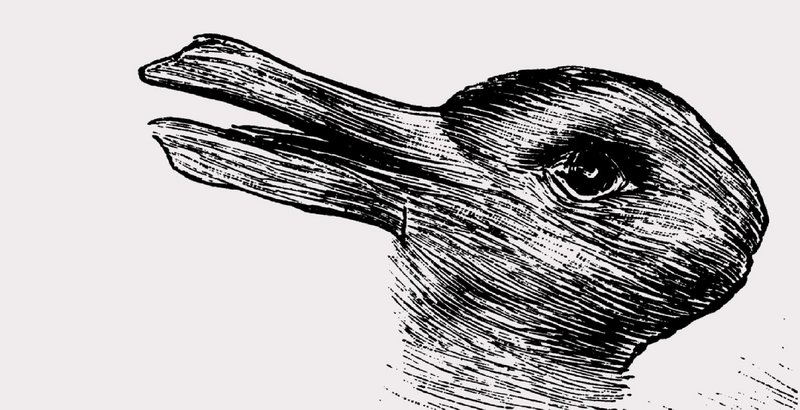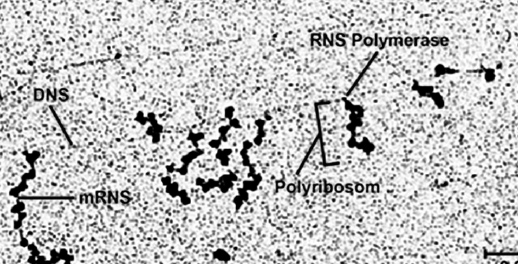- > The "genetic code" is the molecular language with which the cells translate the information of the genetic material into proteins.
> DNA consists of the nucleobases A, T, C and G.
> DNA sequences are sections with a certain sequence of nucleobases.
> Proteins are chains of amino acids
> Messenger RNAs are mobile copies of DNA sequences that transport information from the nucleus to the protein factories in the cytoplasm
> Ribosomes are protein factories that read the genetic code and translate it into proteins.
A region on a genome with a given DNA sequence always stores the same information, both within the own genome, as well as in all other living beings. For this reason, researchers can move genetic information within the genome, or even from one organism to another, without losing or altering the information. This comes in handy: for example, human proteins can be produced in bacteria, as is done in the case of the widely used insulin that is used to treat diabetes.
Molecular language as the key to life
As you have read here, the information of a protein - i.e. its amino acid sequence - is stored on DNA as a sequence of so-called triplet codes. These triplet codes are called codons. Each codon consists of three DNA building blocks, the nucleobases. With the four existing DNA building blocks - A, T, C and G - 4 x 4 x 4, i.e. 64, different triplet codes/ codons can be combined. 61 of these codons represent one of the 20 amino acids. So there are several coding possibilities for certain amino acids. But which information is stored by the 3 other codons? These 3 codons have a special function and do not code for any amino acid - at least this was thought, but more about that soon - but they determine the end of an amino acid sequence; Similar to the period at the end of this sentence. Therefore, these 3 codons are also called STOP codons. This is quite important as the protein machinery (ribosome) only stops the synthesis of the amino acid chain at the right position if a stop codon is present.
Discovery of new dialects - ciliates as rule breakers
As in grammar, there are also exceptions in the molecular language. Already in the 1980s researchers discovered that some organisms speak with a slightly altered molecular dialect. For example, they have shown that a particular type of cilia do not use two of the triplet codons normally known as STOP codons as such, but as a code for one of the 20 amino acids instead. Contrary to what was assumed, there was no period, but another letter instead. 30 years later, scientists at the University of Bern have revealed another and rather crazy secret of the language of ciliates. One and the same word can have different meanings, depending on the context of the word. We also know the supposed ambiguity in our own language. Just as we never get a planet handed over the counter at the shop when we ask for a “Mars”, the cell correctly interprets the triplet codes either as an amino acid or as STOP, depending on the context. Scientists were able to show that the "universal" STOP codons in two types of ciliates - depending on where they are located on the mRNA - can also code for an amino acid. The context, whether it is meant to be a STOP or an amino acid, is not determined at the DNA level, but is recognized by the protein machinery on the messenger RNA.
Along the tracks of evolution
These findings are interesting for science, because they show that - as all cellular processes are- genetic language is also subject to evolution. It is possible that these ciliates represent a transition in the evolution of the genetic code and help to understand how different dialects developed in different species. And so we begin to understand that, like our language, molecular language is clearly ambiguous.
Original publication by Swart et. al.: https://doi.org/10.1016/j.cell.2016.06.020


